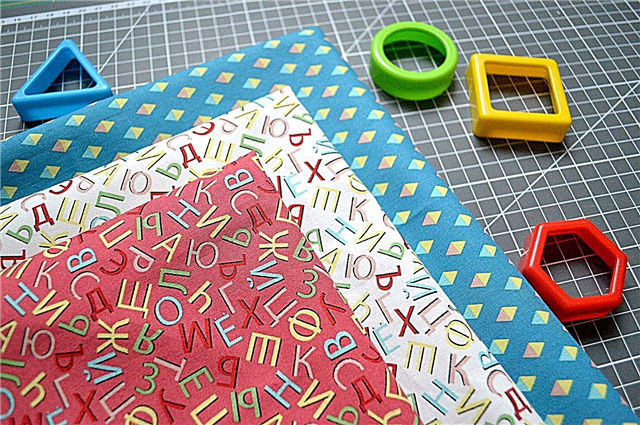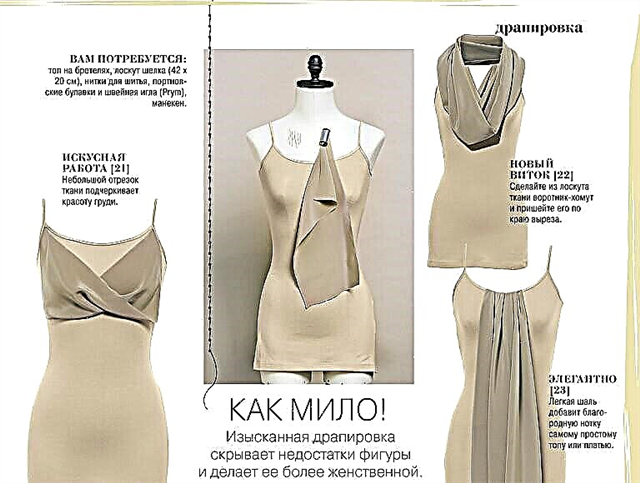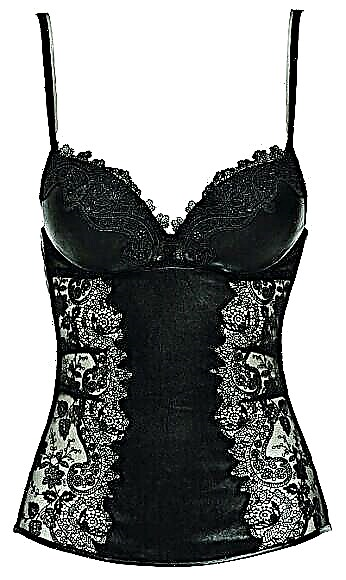Share
Pin
Tweet
Send
Share
Send
From the unrealized drawings of Leonardo da Vinci to the modern units of our days: the history of the invention of the sewing machine plus its evolution using the example of Janome.
First attempts
In those days when the processes of making yarns, spinning, and weaving them into fabric (the ancient Egyptians used looms already) were mechanized, sewing remained exclusively manual work. Attempts to come up with an aggregate capable of reproducing manual sewing were made already in the XIV century. The testimonies tell about the huge wheel mechanism created in the middle of the 14th century by the Dutch, which was able to make long straight lines, sewing large fabric canvases. The unit was used in the manufacture of sails. However, neither the name of the inventor nor even the drawings has survived to this day - one legend, which suggests that the first machine did not at all resemble what we are using now.The next preserved historical attempt to create a sewing machine was the drawings of the ubiquitous Leonardo da Vinci (end of the 15th century). According to the drawings of the tireless inventor, the unit looked more like a workbench with rulers clamped in a vice. One way or another, this idea was not destined to be realized.

The invention of Thomas Sent, machine for sewing boots and boots, 1790
Photo: madeupinbritain.uk
The subsequent attempts to mechanize the work of tailors were also not very successful, but each of them gradually brought the inventors closer to the discovery. For example, in 1755, Karl Weisenthal received a patent for a needle that could be used in a sewing mechanism - the mechanism itself, however, turned out to be "non-viable". In 1790, Thomas Saint invented a machine for tacking shoes and boots - she sewed with one thread. A century later, enthusiasts tried to reproduce the unit, following the drawings of Sent. The car was assembled, but it was not possible to force it to sew. In 1814, the Austrian tailor Josef Madersperger tried to make a sewing machine based on the design of a loom: this experiment was also unsuccessful, but history found a needle and an eye at the point, like with modern machines.

Josef Madersperger Machine
Photo: polytechnic.edu.na
What you need to start sewing
"Two hundred stitches per minute"!
In 1830, the Frenchman Bartholomew Timonier succeeded, using a needle invented by Maderspeger, to make a sewing machine that really worked. Immediately the unit was replicated in an amount of 80 pieces and used for the needs of the army for sewing uniforms. Two years later, the Berlin Illustrated Newspaper wrote: “From Paris it is reported that the tailor B. Timonier showed in Villefranche his sewing machine he designed, the reality of which can be doubted if you do not see it with your own eyes. Any student can learn to sew in a few hours "They say that you can make two hundred stitches per minute on this machine. All this and much more in the design of the sewing machine is on the verge of fantasy!" The machine gave a chain seam using one thread - it was worth to tear one stitch in such a seam, and it all opened.
Machine Bartholomew Timonie, 1830
Photo: science4fun.info
Shuttle like a revolution
The revolution in the process of creating a sewing machine was made by the use in its device of a mechanism that acted like a shuttle. This method led the inventors away from trying to force the machine to reproduce the seam in one thread, made the line stronger and brought the units closer to the look and design of modern sewing machines. Now the initiative of European inventors was seized by the Americans. Some unsuccessful attempts in the 1830-40s, and finally - in 1846, the American Elias Howe creates a high-speed (300 stitches per minute!) Machine, which goes on sale.Scientific American magazine calls the invention extraordinary, but tailors, accustomed to sewing in the old way, are in no hurry to buy a novelty. Not having achieved entrepreneurial success in America, Howe goes with the propaganda of his invention to England, but even there he does not achieve much success. Almost ruined, Howe returns to his homeland and discovers that his brainchild is quite successfully sold here. However, the creator appears and runs a completely different person!
Elias Howe's car
Photo: recollections.biz
How Singer became the inventor of the Howe machine
Isaac Merritt Singer became the person who gave popularity to the Howe idea and made the world switch to the machine line. In fairness, it must be said that, before giving his name to the Howe invention and launching the unit on a wide sale, Singer significantly improved it. Coming from a family of German immigrants, Singer from childhood was distinguished by courage and independence. At 12, he dropped out of school and fled from home, worked as an apprentice with a mechanic, then fled from there, becoming a wandering artist. Having properly traveled around America and, obviously, knowing himself and people, Singer again decided to settle down and do work with mechanisms. At the age of 20, he got a job in a workshop, including repairing Howe cars. These machines required repair constantly, and the young mechanic had a chance to thoroughly study their device. Once in his hearts, he told the boss that he could make a better and more durable car than Howe. Having borrowed $ 40 from a friend, in just 10 days, Singer seriously modified Howe's car. He arranged the shuttle horizontally - when sewing, the threads stopped getting tangled, he added a little table-board for fabric and a “foot” that pressed the material to the surface. Unlike its predecessor, the new machine could make an arbitrarily long seam and not necessarily straight.
Singer's first sewing machine
Photo: thespruce.com
In 1851, Singer received a patent, in 1852 - he sold the first typewriter, in 1854, together with Eduard Clark, he founded the Singer Company partnership, and a year later his invention won the first prize at the World Fair in Paris. By the way, Elias Howe, who returned to America and discovered this state of affairs, filed a lawsuit: his lawsuit was satisfied, and Singer had to share profit with the “discoverer” of the mechanism.

An article on Singer’s machine in Scientific American
Photo: smithsonianmag.com
The profit, meanwhile, was not bad. Despite the very high price, Singer cars quickly gained popularity in America. Firstly, because of the offer, unique for those times, to buy them by installments, and secondly, because of the million dollars spent by the entrepreneur on advertising. By 1863, the Singer Company sold 20 thousand sewing machines a year, after 4 years already had several factories in America, opened its first factory in Scotland, and later on, the Singer empire factories appeared in many countries of the world. These include the first plant in Russia, opened in 1902 in Podolsk. True, by that time Singer himself had already retired, having sold his share of the business to a companion. By the way, today a company named after him produces, in addition to sewing machines, a lot of everything, from furniture and household appliances to complex military and space equipment.
For those who sew: what can a sewing machine
In the footsteps of Singer

Silhouettes of vintage sewing machines
Photo: etaji.info
Further refinement of the sewing machine moved at a much higher speed. The Singer empire itself developed and complicated its brainchild, plus there were companies all over the world following in its footsteps: Pfaff, Veritas, Kaizer, Husqvarna, Janome ... It's hard to believe, but already in the 1870s the first electric cars appeared. One of them was patented by Jones in America, the other was proposed by V.N. Chikolev in Russia and presented at the All-Russian Polytechnic Exhibition in Moscow in 1872. By the beginning of the twentieth century, not only clothes were already sewn on special machines, but also canvas tents, sails, shoes, belts, hats, hoses and book bindings. Around the same time, embroidery and even darn devices appeared.

One of the last century Pfaff sewing machines
Photo: jomottershead.com
Over the years, along with the functionality, the silhouette and decoration of the body of the machine changed. The design of the machines was simplified. Starting from the second half of the 20th century, their cases and cases have ceased to be painted manually, artistic figurine casting, mother-of-pearl inlay, multi-color images of eminent persons, wood carvings and other delicacies are a thing of the past.

One of Bernina's first household sewing machines
Photo: bernina.com
With the advent of plastic, he partially replaced wood and metal in the manufacture of machine casings. With the invention of the computer, electronic cars appeared. A modern sewing machine is often an aggregate so complex and multifunctional that you cannot learn all its capabilities even after a few days of operation. Meanwhile, many families are still alive - and even able to work! - cars made a century ago at the Podolsk plant, founded by Singer.
"Evolution" of a sewing machine on the example of Janome

1921

1948

1954

1964

1976

1983

2001

2006

2010

2015
Photo: janome.co.jp
Share
Pin
Tweet
Send
Share
Send



